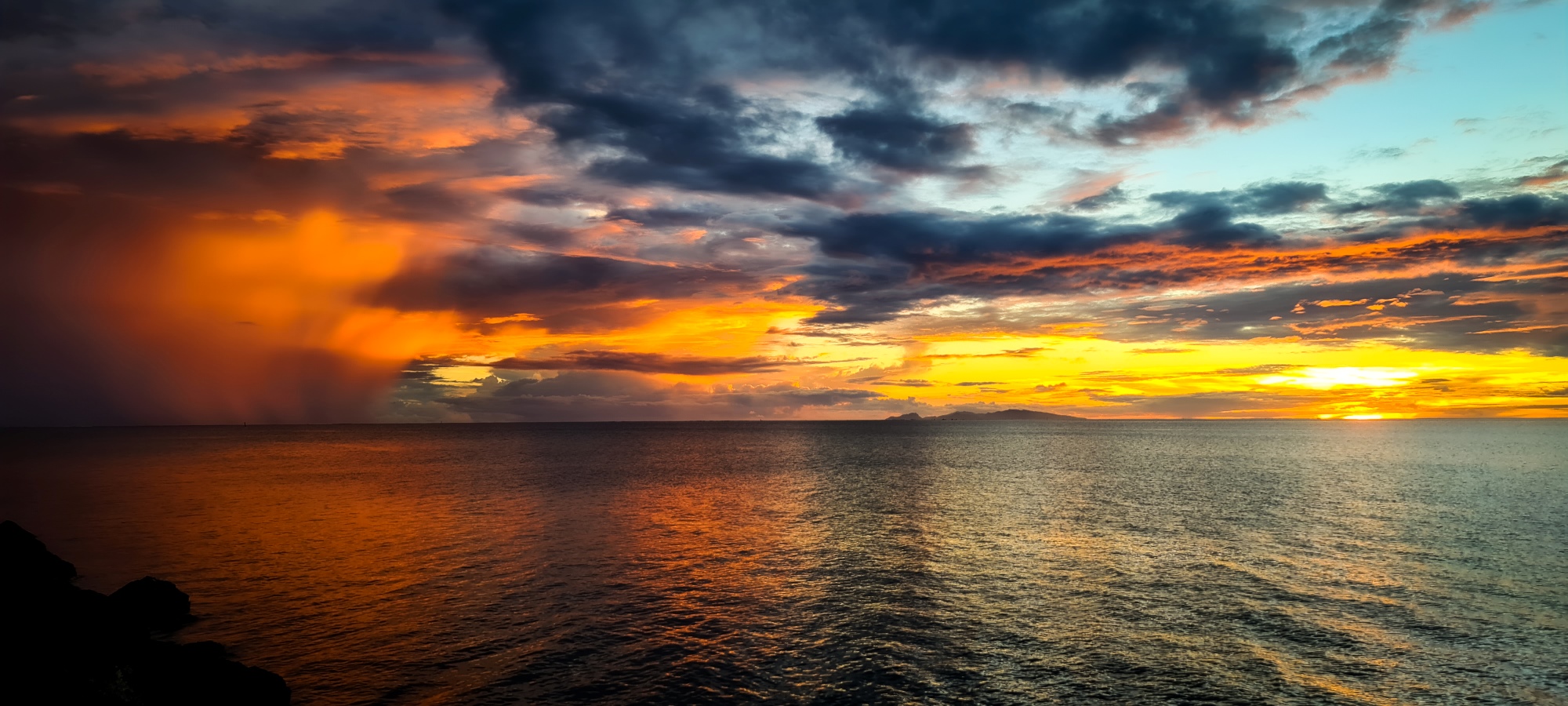
We also accept payments via Paypal
Huri Translations
Tel. +689 89 205 483
info@huri-translations.pf
PO BOX 365 Maharepa
98728 Mo'orea
French Polynesia
N°TAHITI 876649
Subscribe to our newsletter


Recent studies by eminent maritime historian Alastair Couper and distinguished archaeologist Geoffrey Irwin have shed light on the enigmatic world of ancient seafaring, and the sophisticated canoe designs and innovative sailing technologies that empowered these intrepid voyagers to navigate the Pacific with decent precision. By seamlessly weaving together archaeological evidence and cutting-edge scientific analysis, these luminaries have painted a captivating portrait of the nautical prowess, a treasure trove of technological innovation, cultural resilience, and an indomitable spirit of exploration that's nothing to sneeze at.
At the very heart of the Polynesians' maritime triumphs was the genesis of the majestic double-hulled voyaging canoe, known by a myriad of names such as waŋga in Fijian, waka in Māori, vaka in Tongan, waʻa in Hawaiian and vaʻa in Samoan and Tahitian. These awe-inspiring vessels, some surpassing 100 feet (30 meters) in length, were masterfully crafted from towering tree trunks or planks, fastened together with sennit, a testament to the islanders' mastery of the coconut and ingenuity that would make MacGyver proud. The double-hull design, parallel main hulls united by robust crossbeams (ʻiako in Hawaiian), bestowed unparalleled stability upon these maritime marvels to transport scores of people, alongside livestock, plants, and provisions, across the boundless depths of the Pacific, come hell or high water.
Yet, it was not merely the canoe design that distinguished Pacific seafarers ; it was their trailblazing sail technology that truly set them apart. Irwin and his team, through meticulous wind tunnel tests and elaborate computer simulations brought to digital life the fluid dynamics of the iconic Oceanic spritsail, called láyag in Ilocano, laʻyak in CHamorro, yars in Palauan, laay in Yapese, lā in Tongan, rā in Tahitian and ʻā in Marquesan. This triangular Pandanus-weaved marvel, with its elegantly curved sprit boom, proved astonishingly efficient and equipped the canoes with the ability to harness the wind and propell them upwind at speeds of up to 4 knots. Not too bad for a craft with no keel.
The spritsail's ingenious design represented a quantum leap from the more rudimentary sails likely employed during the earlier Lapita period (1600-500 BCE) in Island Melanesia, where the distances to cover are shorter and the alternating wind patterns due to the monsoon. The artfully curved sprit, reminiscent of an airplane wing, generated aerodynamic lift, while the triangular form allowed for meticulous trimming. This refined sail technology, pairing well with the hydrodynamic hull design, allowed navigators, reverently known as Paluw in Yapese, to chart their course across the vast Pacific Ocean with sufficient precision.
Irwin's revelatory research also reminds us about the critical role played by subtle variations in hull shape in determining the canoes' upwind sailing capabilities. Later Polynesian designs, epitomized by the graceful pahī of the Society Islands, boasted a sleek V-shaped cross-section that generated superior hydrodynamic lift compared to the more antiquated U-shaped hulls of the Lapita vessels. This enhanced lift exerted windward on the hulls allowed for more efficient sailing upwind, a pivotal factor in the Polynesians' uncanny ability to push the frontier to the easternmost reaches of the Pacific against the trade winds.
These cutting-edge canoe designs and revolutionary sailing technologies, coupled with the Polynesians' awe-inspiring navigational prowess, honed through generations of meticulous observation of celestial bodies, ocean currents and marine life empowered them to intentionally colonize the most remote and isolated islands of the Pacific, and they did it with flying colors. The archaeological record bears witness to a rapid and purposeful expansion into East Polynesia around 1,000 CE.
The trailblazing research of Couper, Irwin, and their esteemed colleagues not only illuminates the technological marvels born from the hands and minds of ancient Polynesians but also underscores the Herculean challenges they vanquished to ascend to the pinnacle of seafaring greatness, and that's something to write home about. By harmonizing their mastery of the ocean's moods with their avant-garde canoe designs and transcendent sail technologies, the Polynesians wove a network of trade, cultural exchange, and colonization that indelibly transformed the face of human settlement.
We are inescapably drawn to reflect upon the indomitable spirit and boundless ingenuity of these ancient navigators, whose legacy pulses through the vibrant cultural heartbeat of Polynesia to this day, and that's something to hang your hat on. Theirs is a story of resilience, innovation, and an unwavering resolve to shatter the boundaries of the possible, etching an indelible mark upon the annals of human history in the Pacific and beyond, come rain or shine. By unfurling the technological prowess and navigational genius of ancient Oceanic navigators, we are humbled and inspired by the monumental feats they accomplished and the enduring impact they have bequeathed to the world, with an unquenchable thirst for discovery beyond the limits.

The Pacific Islands have long beckoned to the adventurous spirit, their allure tempered by the daunting challenges of reaching their distant shores. For centuries, scholars and explorers have been scratching their heads, marveling at the remarkable feats of ancient seafarers. These migrants navigated across thousands of miles of open water without the aid of modern instruments, settling on remote islands scattered like stardust across the immense watery canvas. The secret to their success lay in their ingenious seafaring technology and unrivaled navigational expertise, which propelled them to become the greatest and latest mariners of the ancient world, bar none.
"the genesis of the majestic double-hulled voyaging canoe"
Pacific Seafaring: The Maritime Festival of Ancient Technology
